Materials Matter: Exploring Different Surface Options for Pickleball Courts
Introduction: When it comes to creating the perfect pickleball court, the choice of surface material plays a pivotal role in determining the overall quality of play, safety, and longevity of the court. Whether you are planning to build a new pickleball court or renovate an existing one, selecting the right surface is crucial. In this blog post, we’ll delve into the world of pickleball court surfaces and explore the options available to help you make an informed decision.
- Asphalt
Asphalt is one of the most common and cost-effective materials for pickleball courts. It provides a smooth and durable surface that’s easy to maintain. Asphalt courts offer good ball bounce and are suitable for recreational players. However, they are slightly slower than other surfaces, which some players may prefer. Regular maintenance, including crack sealing and resurfacing, is necessary to ensure the longevity of asphalt courts.
- Concrete
Concrete courts are highly durable and require minimal maintenance. They provide consistent ball bounce and are ideal for competitive play. Professional surfaces often prefer concrete surfaces with predictability and speed. Additionally, concrete courts can be customized with various colours and textures to enhance aesthetics.
- Cushioned Courts
Cushioned pickleball court surfaces are designed to minimize the impact on players’ joints, making them an excellent choice for players of all ages, especially those with joint concerns. These courts feature a layer of cushioning material beneath the top surface, offering shock absorption and reducing the risk of injuries. They can be constructed using asphalt or concrete as the base, with the cushioned layer applied on top.
- Acrylic Coatings
Acrylic coatings are applied over asphalt or concrete surfaces to create a uniform and fast-playing pickleball court. They are known for their low maintenance requirements, quick drying time, and vibrant colour options. Acrylic-coated courts offer good grip and are preferred by players who enjoy a fast-paced game. Regular recoating is necessary to maintain the quality of the surface.
- Modular Surfaces
Modular surfaces consist of interlocking plastic tiles laid over a flat base. These surfaces offer excellent drainage, durability, and versatility. They are ideal for locations with fluctuating weather conditions, as they can be easily removed and reinstalled. Modular surfaces are often used for temporary or portable pickleball courts for events and tournaments.
- Synthetic Turf
Synthetic turf courts are gaining popularity due to their low maintenance requirements and consistent ball bounce. These courts mimic the feel of natural grass while offering better durability and playability. Synthetic turf courts are ideal for areas with limited water resources or harsh climates.
Conclusion: Choosing the right surface material for your pickleball court is a crucial decision that can greatly impact the playing experience and longevity of the facility. When choosing, consider factors such as budget, maintenance requirements, player preferences, and local climate. Whether you opt for the traditional asphalt or concrete surfaces, cushioned courts for player comfort, acrylic coatings for speed, modular systems for versatility, or synthetic turf for low maintenance, each material has unique advantages.
Call us on: 0203 840 3492
Click here to find out more about The Pickleball Construction Company
Click here to complete our contact form and see how we can help with your court needs.

